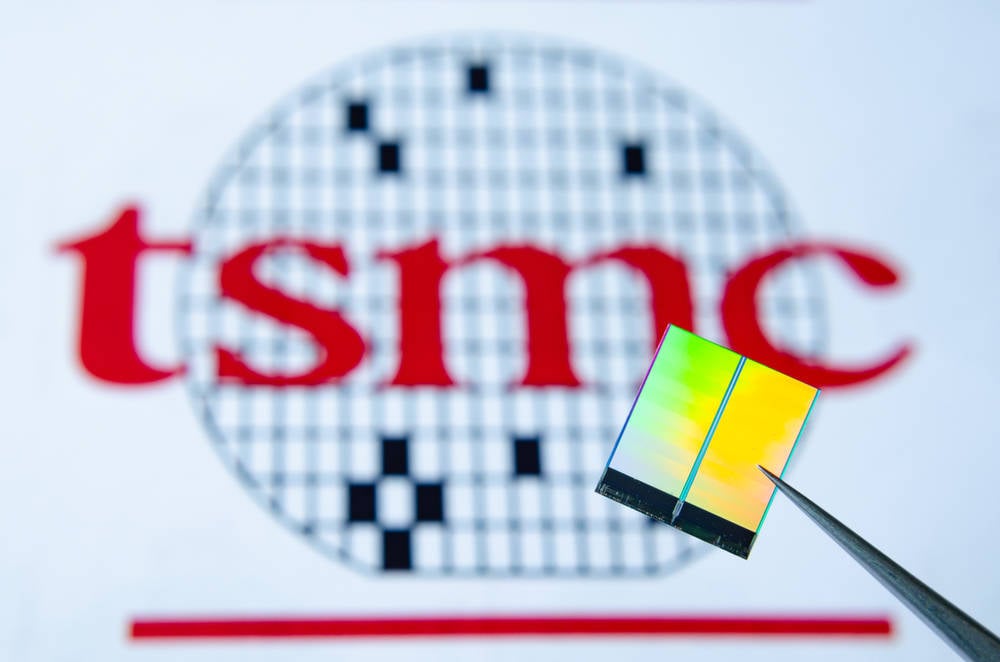The CEO of Taiwan Semiconductor Manufacturing Company (TSMC) is predicting that supply won’t balance out demand for advanced chips until 2025 or 2026.
Talking on today’s Q2 2024 earnings call, C.C. Wei – head of the world’s largest contract chip manufacturer – said he was working on the problem despite customer demand being so high, and was continuing to try to increase supply whenever he can.
“I hope in 2025 or 2026 we can reach the balance,” mused Wei.
The comments course-correct previous statements made by former chairman Mark Liu in September 2023 when he predicted 2024 as the year AI chip shortages would end for the company.
At that time Liu clarified that it was the packaging, not the chip itself, that created the holdup.
Wei confirmed in the Thursday earnings call that the CoWoS packaging capacity, which links processors to high-bandwidth memory (HBM), was still the bottleneck.
“From last year to this year, we have more than doubled” the CoWoS capacity, claimed Wei, adding that next year the company could double it again.
As part of the shortage solution, Wei said TSMC was working with overseas partners to increase supply and support customers.
TSMC is building plants in Arizona, and Kumamoto, Japan, funded both with partner investors or government subsidies. Wei asserted that US Republican presidential candidate Donald Trump’s recent comments would not change that.
In an interview with Bloomberg yesterday, Trump claimed that Taiwan “doesn’t give [the United States] anything,” and said Taiwan should “pay” the US to defend it. The comments sent TSMC’s share price down almost eight percent on the New York Stock Exchange (NYSE).
On today’s TSMC earnings call, Morgan Stanley’s Charlie Chan noted that Trump “talked about… Taiwan/TSMC” taking 100 percent of the chip business from the US, quipping: “So congrats on the positive high market share.” Chan added: “concern is growing that the US continues to depend on our island/ TSMC, [for] chip production. So, our question is for shareholders, right, how TSMC is going to mitigate this potential geopolitical risk?…. And maybe a technical question … if we are shipping a chip to US customers, do we need to pay for the US tariff?”
Wei responded: “Okay, Charlie. So far, we did not change any of our original plan of expansion of our overseas fab. We continue to expand in Arizona, in Kumamoto and maybe [in] future in Europe. No change to our strategy. We continue our current practice. … On the tariff, not that we know of. Normally, if there’s an import tariff, the customers will be responsible for that, but no discussion, nothing,” stated the chairman.
TSMC’s newer, more advanced 2 nm chip is expected to go into mass production in the second half of 2025. The A16 is slated to follow a year later.
Second quarter revenue for the Taiwanese chipmaker was up up [PDF] 40.1 percent year-on-year to NT$673.51 billion (or 32 percent in USD terms to $20.82 billion), surpassing estimates.
Gross margin for the quarter was 53.2 percent, operating margin was 42.5 percent, and net profit margin was 36.8 percent. ®

